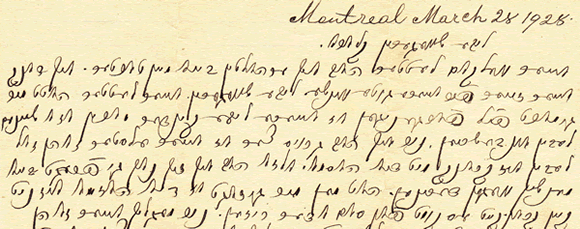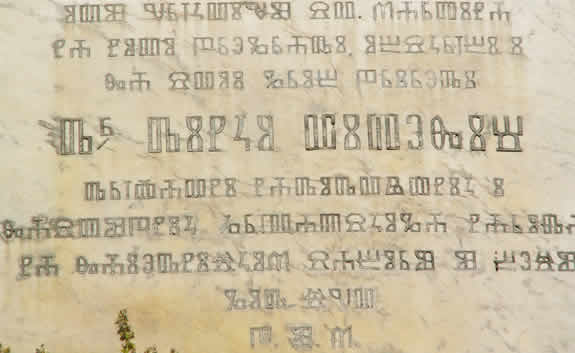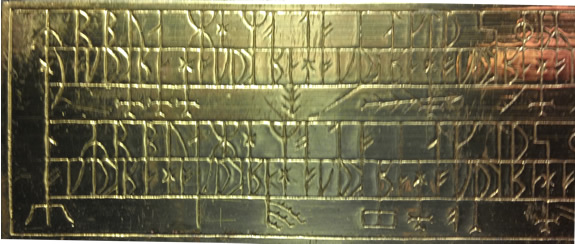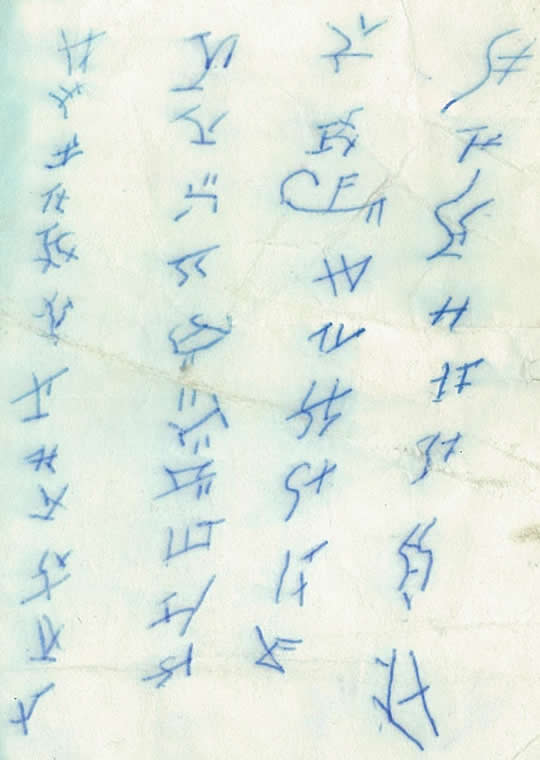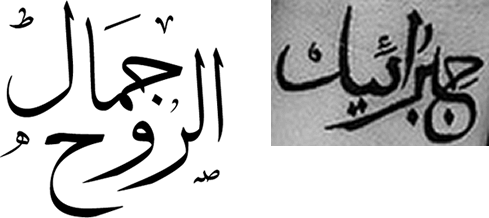![]()
Any ideas what these symbols/icons might mean?
According to an article I came across today, this text means:
Chinese artist Xu Bing has ideas about how people communicate. Different people in different countries should speak one language. Xu Bing wrote a new language. It uses pictures not words. It looks like Egyptian script meets Madison Avenue.
This text was produced by software developed by a Chinese artist called Xu Bing, who has also produced a storybook written entirely with this script. He was inspired by the icons that appear on the safety cards you find in aeroplanes and by icons and symbols found on various products, which aim to get their message across graphically without using any particular language. He believes that, “Regardless of cultural background, one should be able understand the text as long as one is thoroughly entangled in modern life.” Would you agree?
Yesterday I tried to work out which of the symbols on my washing machine means ‘spin’, and managed to do so, though the meanings of the other symbols are not immediately obvious. I eventually tracked down a copy of the instruction manual online, so now know what they all mean.
There are been various attempts to create universal symbolic writing systems comprehensible to anybody regardless of which language(s) they speak, especially during the 19th century. The only one that is currently used, that I’m aware of, is Blissymbolics. They tend to accumulate huge numbers of symbols and have trouble representing abstract concepts, and they are often inspired by the Chinese script, based on the mistaken idea that written Chinese respresents ideas rather than sounds and is comprehensible to all literate Chinese people, no matter which variety of Chinese they speak.
